Growing Environmental Awareness
The solar backsheet market is significantly influenced by the rising environmental awareness among consumers and businesses. As climate change concerns escalate, there is a growing preference for renewable energy sources, particularly solar power. This shift is reflected in the increasing number of solar installations across the United States, which reached over 100 GW of installed capacity in 2025. The demand for sustainable energy solutions is prompting manufacturers to focus on eco-friendly materials for solar backsheets, which aligns with consumer preferences for environmentally responsible products. Consequently, this heightened awareness is expected to propel the solar backsheet market forward, as more stakeholders seek to invest in sustainable energy technologies.
Government Incentives and Subsidies
The solar backsheet market is positively impacted by various government incentives and subsidies aimed at promoting renewable energy adoption. Federal and state-level programs provide financial support for solar installations, making them more accessible to a broader audience. For instance, the Investment Tax Credit (ITC) allows homeowners and businesses to deduct a significant portion of their solar installation costs from their federal taxes. Such incentives are crucial in driving the growth of the solar market, which is projected to expand by 15% annually through 2027. As more consumers take advantage of these financial benefits, the demand for solar backsheets is likely to increase, further stimulating the industry.
Rising Demand for Energy Independence
The solar backsheet market is influenced by the increasing demand for energy independence among consumers and businesses. As energy prices fluctuate and geopolitical tensions rise, there is a growing desire to reduce reliance on traditional energy sources. Solar energy offers a viable solution, allowing users to generate their own power and mitigate the risks associated with energy supply disruptions. This trend is evident in the increasing number of residential and commercial solar installations, which are expected to grow by 25% in the next five years. Consequently, the solar backsheet market is likely to see heightened demand as more individuals and organizations invest in solar technology to achieve energy autonomy.
Integration of Smart Technologies in Solar Systems
The solar backsheet market is being shaped by the integration of smart technologies into solar energy systems. Innovations such as smart inverters and energy management systems are enhancing the efficiency and functionality of solar installations. These technologies allow for real-time monitoring and optimization of energy production, which is becoming increasingly important as solar adoption grows. The market for smart solar technologies is projected to expand by 30% by 2028, indicating a strong trend towards more intelligent energy solutions. As these smart technologies become more prevalent, the demand for advanced solar backsheets that can support these systems is likely to increase, driving growth in the solar backsheet market.
Technological Advancements in Solar Backsheet Materials
The solar backsheet market is experiencing a surge in demand due to ongoing technological advancements in materials. Innovations such as the development of more durable and efficient polymer films are enhancing the performance and longevity of solar panels. These advancements are crucial as they contribute to the overall efficiency of solar energy systems, which is projected to grow at a CAGR of 20% through 2026. Enhanced materials not only improve energy output but also reduce maintenance costs, making solar installations more attractive to consumers and businesses alike. As a result, the solar backsheet market is likely to benefit from increased investments in research and development, further driving growth in the industry.


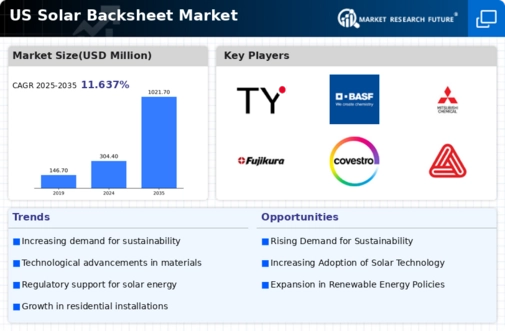
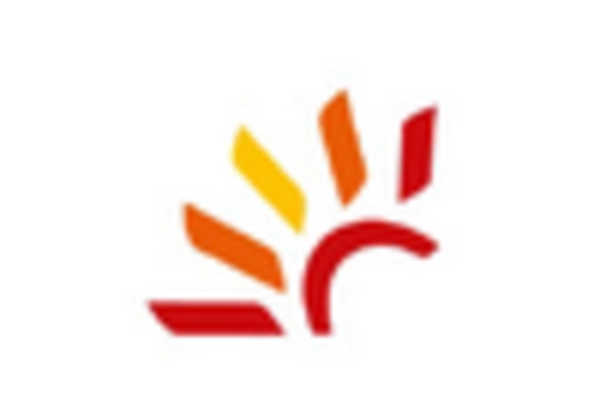
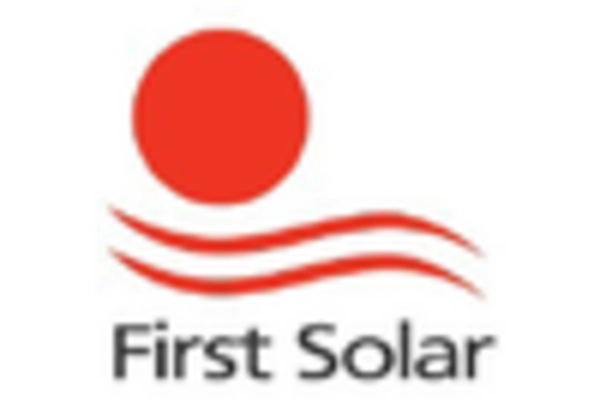
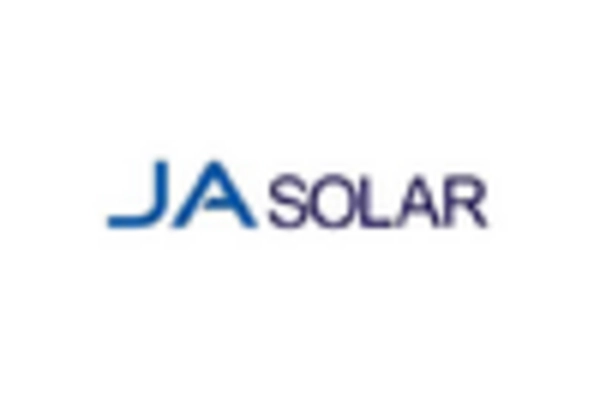

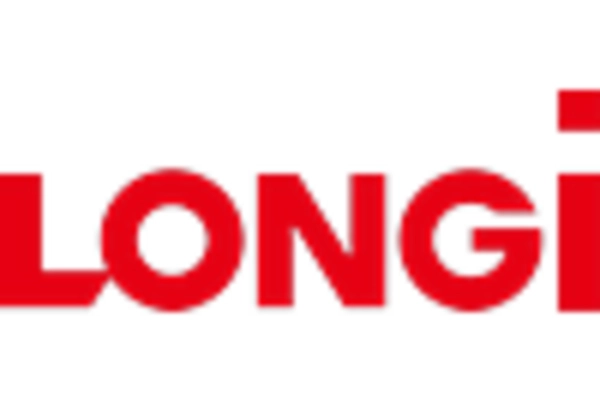









Leave a Comment